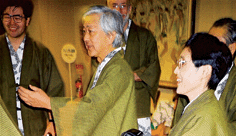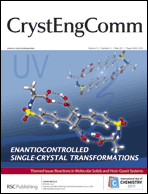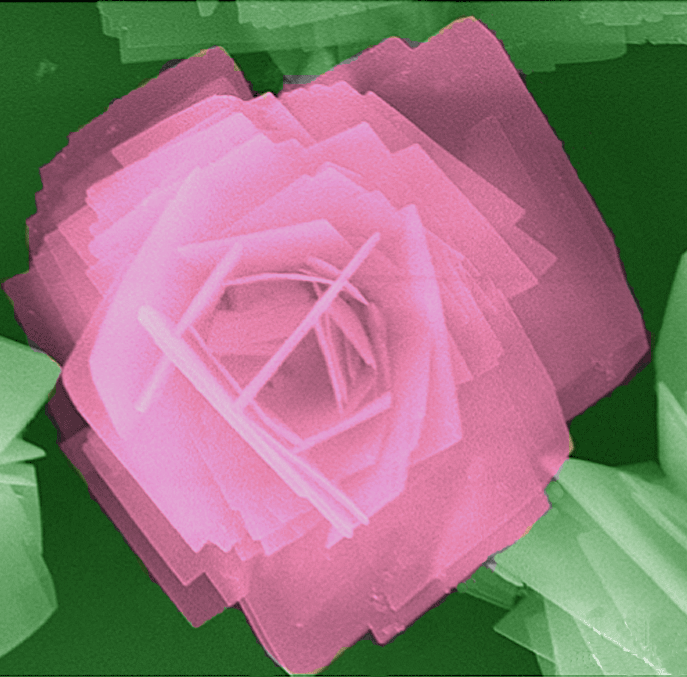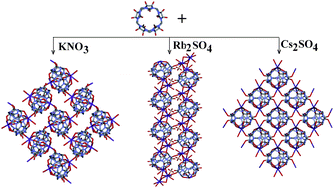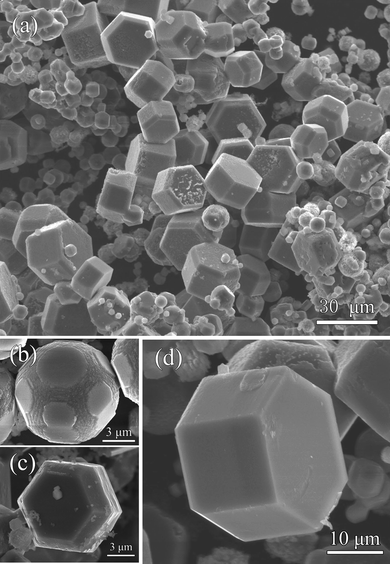 Chinping Chen, Rongming Wang and colleagues have made perfect single crystals of MgBr2, as part of their collaboration between Peking University and Beijing University of Aeronautics and Astronautics.
Chinping Chen, Rongming Wang and colleagues have made perfect single crystals of MgBr2, as part of their collaboration between Peking University and Beijing University of Aeronautics and Astronautics.
Magnesium diboride is known for its good superconducting properties, and many forms of MgB2 have been made previously, but large single crystals are still extremely difficult to obtain. In this CrystEngComm Hot article, Chen and Wang use a hybrid physical-chemical vapor deposition technique to obtain perfect crystals.
Read the full article to find out more about magnesium diboride single crystals…
Single-crystal MgB2 hexagonal microprisms via hybrid physical-chemical vapor deposition
Weimeng Chen, Wei Liu, Chinping Chen, Rongming Wang and Qingrong Feng
CrystEngComm, 2011, Advance Article
DOI: 10.1039/C1CE05272A, Communication
FREE TO READ until 13th May











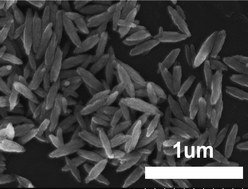 composed of nanoparticles) composed of nanoparticles under hydrothermal conditions. Ethylene glycol was used as the solvent which can decrease the reaction rate by forming ligand bonds with lanthanide ions and further control the final morphology of the product. Eu3+ ion was chosen as a structural information probe to obtain more luminescent and phase structure information.
composed of nanoparticles) composed of nanoparticles under hydrothermal conditions. Ethylene glycol was used as the solvent which can decrease the reaction rate by forming ligand bonds with lanthanide ions and further control the final morphology of the product. Eu3+ ion was chosen as a structural information probe to obtain more luminescent and phase structure information.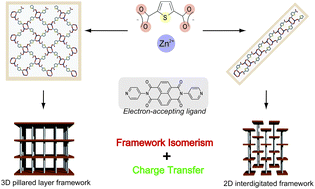 In this HOT article, Kitagawa and co-workers describe two isomorphic frameworks, [Zn(thdc)(dpNDI)]n, based on 2,5-thiophenedicarboxylate (thdc) as the topology-directing ligand, assembled from zinc ions and N,N‘-di(4-pyridyl)-1,4,5,8-naphthalenediimide (dpNDI) as the electron-accepting ligand. The unique connecting angle of thdc promotes the formation of either a 3D pillared-layer framework or an interdigitated 2D layer framework, which are originally synthesized with terephthalic acid or isophthalic acid, respectively. In addition, these isomers show different charge-transfer interactions with electron-donating aromatic molecules because of their intrinsic porous structure determined by their topology. Such a topological design of PCPs can be used in guest-selective sensor materials.
In this HOT article, Kitagawa and co-workers describe two isomorphic frameworks, [Zn(thdc)(dpNDI)]n, based on 2,5-thiophenedicarboxylate (thdc) as the topology-directing ligand, assembled from zinc ions and N,N‘-di(4-pyridyl)-1,4,5,8-naphthalenediimide (dpNDI) as the electron-accepting ligand. The unique connecting angle of thdc promotes the formation of either a 3D pillared-layer framework or an interdigitated 2D layer framework, which are originally synthesized with terephthalic acid or isophthalic acid, respectively. In addition, these isomers show different charge-transfer interactions with electron-donating aromatic molecules because of their intrinsic porous structure determined by their topology. Such a topological design of PCPs can be used in guest-selective sensor materials.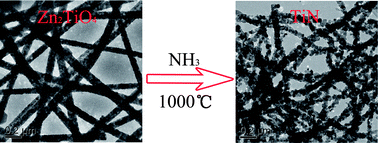

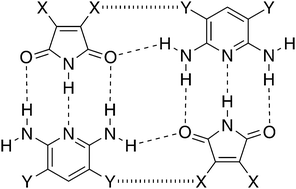 In this CrystEngComm
In this CrystEngComm 
